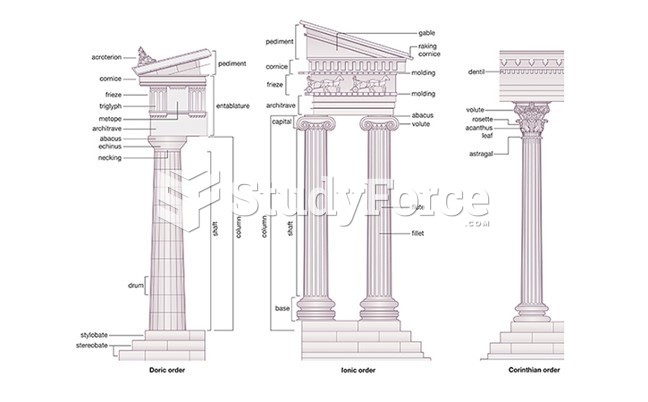Answer to Question 1
As the Roman Empire expanded, practical considerations to unite its citizens and infrastructure led to developments in law, engineering, and architecture. The sheer size of the Roman Empire inspired engineering programs, such as bridge and road building that united all regions under Roman rule.
Law was an important means of unification and was one of Rome's most original and influential achievements. Roman law was not fixed, but was an evolving body of opinions on the nature and dispensation of justice, as interpreted by jurisconsults (experts in the law). The full body of Roman law came to incorporate the decisions of the jurists, the acts passed by Roman legislative assemblies, and the edicts of Roman emperors. In the sixth century C.E., the Byzantine Emperor Justinian would codify this huge body of law, thereafter known as the Corpus Juris Civilis.
Rome's engineering and architecture reflected the practical needs of a sprawling empire whose urban centers suffered from the congestion, noise, and filth. To link the provinces that ranged from the Atlantic Ocean to the Euphrates River, Roman engineers built 50,000 miles of paved roads, many of which are still in use today. The need to house, govern, and entertain large numbers of citizens inspired the construction of tenements, meeting halls, baths, and amphitheaters. Roman bridges and tunnels defied natural barriers, while some eighteen aqueducts brought fresh water to Rome's major cities. The aqueducts, some of which delivered well over forty million gallons of water per day to a single site, were the public works that the Romans considered their most significant technological achievement.
Answer to Question 2
After the Latins overthrew the Etruscans, in 509 B.C.E., the Roman territories slowly evolved a government of the people (res publica). The republic consisted of a powerful class of large landowners, the patricians, and a more populous class of farmers and small landowners called plebeians. At first, the wealthy patricians controlled the lawmaking process, but the plebeians eventually gained increasing political influence.
But no sooner had Rome become a Republic did it adopt an expansionist course that would erode these democratic achievements. Obedience to the Roman state and service in its powerful army contributed to the rise of Roman imperialism, which proceeded by means of long wars of conquest similar to those that had marked the history of earlier empires. Rome seized every opportunity for conquest, and by the end of the first century B.C.E., the empire included most of North Africa, the Iberian peninsula, Greece, Egypt, much of Southwest Asia, and the territories constituting present-day Europe as far as the Rhine River.
By its authority to handle all military matters, the Senate became increasingly powerful, as did a new class of men, wealthy Roman entrepreneurs (known as equestrians), who filled the jobs of provincial administration. The army, by its domination of Rome's overseas provinces, also became more powerful. The first century B.C.E. was an age of military dictators, whose competing claims to power fueled a spate of civil wars. As bloody confrontations replaced reasoned compromises, the Republic crumbled.







